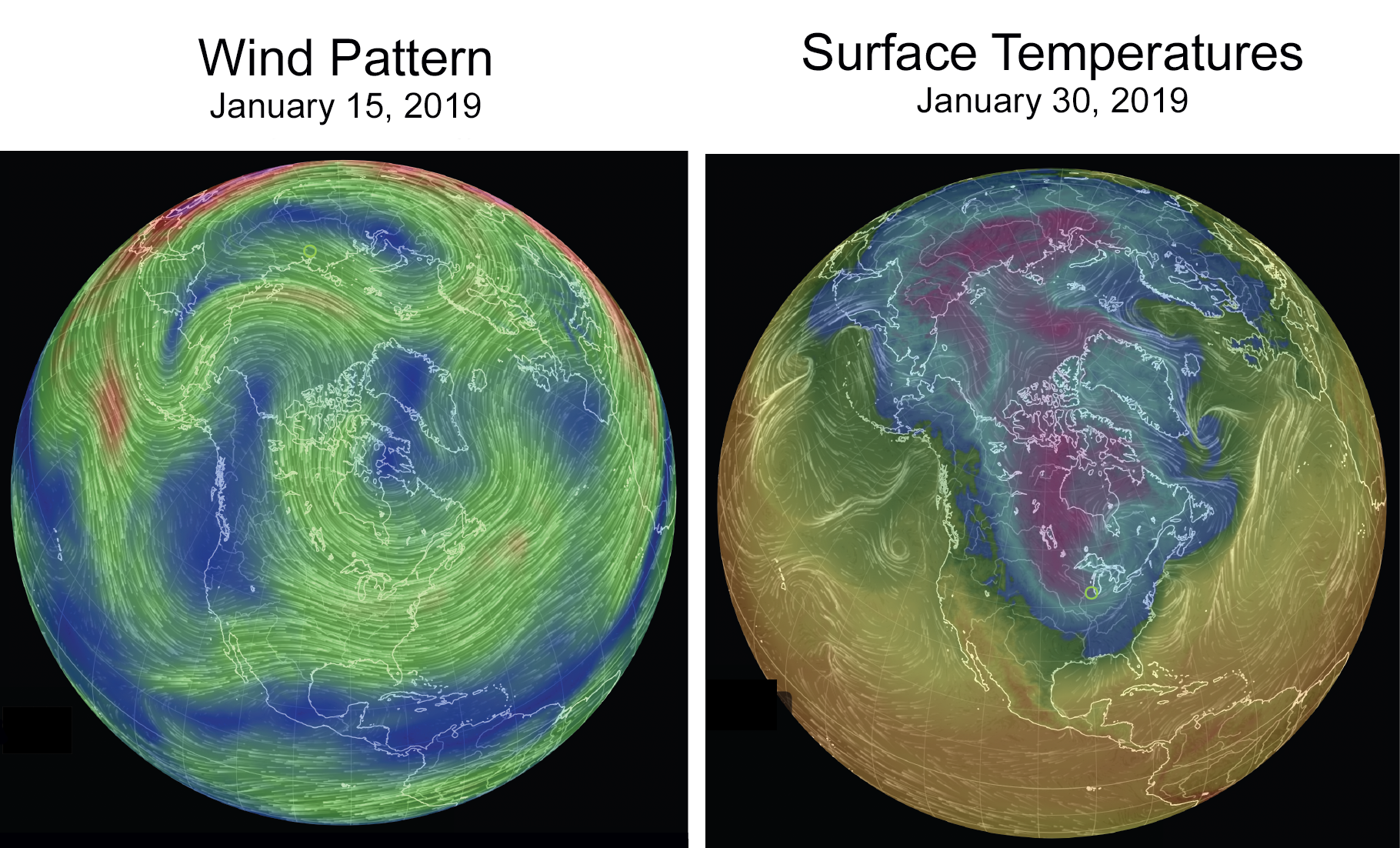Environmental regulations aren't the reason that coal is falling off the map.
Is environmental extremism causing the decline of the American coal industry? A look at the economics shows that coal has been beaten fair and square in the marketplace by cheaper and cleaner alternatives. The best way to support coal communities is to confront these economic realities, rather than creating a divisive and false narrative about the reasons behind the industry’s challenges.

Talen Energy in June announced the early closure of part of its Montana Colstrip power plant, the sixth-largest source of greenhouse emissions in the U.S. Two of the plant’s four coal-burning units are to be shuttered at the end of this year. The plant, and now its closing, are emblematic of the struggle between the fight to save coal communities and the inevitable economic forces plucking away at coal’s one-time dominance of American energy.
The Colstrip plant has four units, each its own power plant. The two oldest units, Units 1 and 2, are closing in light of insurmountable headwinds. They emit so much pollution that under federal law they are not permitted to operate unless the relatively cleaner units are also running and the net pollution then can be averaged-out. These 43-year-old units are also expensive to run compared to the amount of power they generate, so they are seldom used.
Continue reading at: The 'war on coal' myth » Yale Climate Connections
Is environmental extremism causing the decline of the American coal industry? A look at the economics shows that coal has been beaten fair and square in the marketplace by cheaper and cleaner alternatives. The best way to support coal communities is to confront these economic realities, rather than creating a divisive and false narrative about the reasons behind the industry’s challenges.

Talen Energy in June announced the early closure of part of its Montana Colstrip power plant, the sixth-largest source of greenhouse emissions in the U.S. Two of the plant’s four coal-burning units are to be shuttered at the end of this year. The plant, and now its closing, are emblematic of the struggle between the fight to save coal communities and the inevitable economic forces plucking away at coal’s one-time dominance of American energy.
The Colstrip plant has four units, each its own power plant. The two oldest units, Units 1 and 2, are closing in light of insurmountable headwinds. They emit so much pollution that under federal law they are not permitted to operate unless the relatively cleaner units are also running and the net pollution then can be averaged-out. These 43-year-old units are also expensive to run compared to the amount of power they generate, so they are seldom used.
Continue reading at: The 'war on coal' myth » Yale Climate Connections






